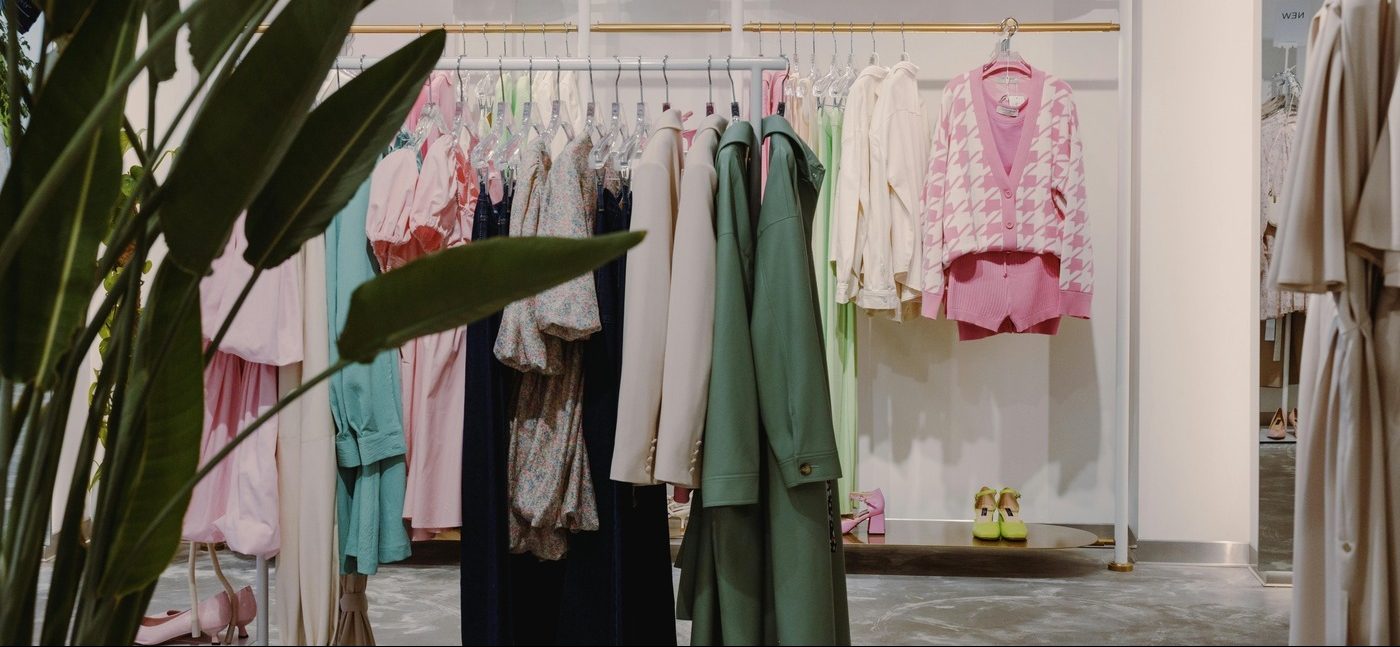The Hemline Index: Are maxi skirts actually recession indicators?
According to the Hemline Index, trendy skirt length differs depending on the strength of the economy – the shorter the skirt, the stronger the economy. Given the decade’s demonstrations of slow growth, what kind of skirts might we be seeing? Or is the Hemline Index far too rigid a theory in a century where women wearing trousers is as ordinary as a budget deficit?
The idea that skirt length might mirror economic changes is often accredited to George Taylor, an economist at the Wharton School. Taylor’s 1926 observation actually investigated the hosiery industry and stockings as a luxury item, meaning they would see a rise in demand during times of economic confidence. And since wearing stockings would mean a woman in 1920 could wear a shorter skirt, Taylor’s theory over time became the Hemline Index: negative correlation between skirt length and the rate of economic growth.
Taylor’s theory argues that hosiery (tights, stockings, etc.) was a luxury good, meaning demand for it increased with incomes, which typically rose in line with economic growth. Since 1926, however, the things we deem ‘luxury’ have shifted, especially in an age of fast fashion, microtrends and mass production.
In line with new social standards, can the Hemline Index still have relevance in 2025?
We’ve gotten mixed signals from 2025’s biggest trends.
2024 saw the return of the bubble skirt, a (typically) short, puffy creation sometimes reminiscent of the bottom of a bin bag, and the warm months of 2025 kept it going. To be fair, I’m not sure if I’ve seen one in real life, but Cash App Afterpay reports a 742% increase in their sales from last year. Does this then mean skirt length can reflect economic growth after all?
Average length of a runway skirt at Paris Fashion Week might not quite increase alongside national debt, but that doesn’t make George Taylor completely wrong
This year saw miniskirts, microshorts and the Susamusa sheer Meadow skirt. It has hardly been a year of modesty, but that doesn’t mean short or revealing hemlines are all we’ve been seeing. It certainly doesn’t mean that leg-visibility is necessarily reflective of soaring growth.
In keeping with the popularity of the ‘90s, this half of the decade has seen the re-emergence of the midi skirt into mainstream fashion. Notably, longer-length denim skirts have taken their place in the staple wardrobe next to the minis. At the end of the day, even the sheer skirts of 2025 are still long skirts. So perhaps hemlines aren’t the thing to watch in terms of economic forecasting. Average length of a runway skirt at Paris Fashion Week might not quite increase alongside national debt, but that doesn’t make George Taylor completely wrong. The clothes people wear can tell you a lot about the person, and people in general, and we shouldn’t just exclude fashion from the list of economic indicators. The Hemline Index has a good basis, but needs to be updated according to what’s considered a luxury good.
In this age of microtrends and fast fashion, a luxury or even fashionable item can change with the seasons. Bubble skirts, for instance, are on their way out. We witnessed the rise and fall of bows, Brat green, skinny scarves, jorts, Sambas, buckled boots – and the list goes on.
None of these trends explicitly indicate recessions or economic booms; rather, the ways we interact with them can tell us a bit about the economy
That isn’t to say that any of the things I’ve listed are now unwearable. However, the extent to which they can be assessed as luxury has certainly fallen. Nevertheless, there is hope for the bows, Brats and boots going forward, and that lies in making quality investments and being selective in the microtrends you partake in.
None of these trends explicitly indicate recessions or economic booms; rather, the ways we interact with them can tell us a bit about the economy. After all, some of Gen Z’s favourite shopping habits, second-hand spending and buying from fast fashion giants, do have one thing in common: they’re cheap. Oftentimes people will buy from cheap and mass-produced sources to keep up with the rapid and niche trend cycle, not having the money to make quality investments in every new internet obsession. Then when the trend cycle moves on, these inexpensive pieces, now deemed unfashionable, tend to end up in landfill.
Perhaps the popularity of dupes, from Amazon to Shein, can tell us what we need to know about the economy. Being able to stay afloat of the latest trends indicates luxury, but that just is not possible for your average young person in today’s economy – or really, most people in most economies.
The popularity of knock-offs and dupes, and focus on neutrals and professional attire even in casual wear, reflect the year’s sluggish growth
Fashion is an important economic indicator, reflecting both the individual and wider capabilities around production and affordability. There used to be a time a woman might own around a dozen gowns, all handmade. Times have since changed and economic development no longer lies in hemlines or hosiery.
2025’s fashion highlights cost-efficiency through two main factors: price and re-wearability. The popularity of knock-offs and dupes, and focus on neutrals and professional attire even in casual wear, reflect the year’s sluggish growth.
Long story short, your maxi skirt is only a recession indicator if you wear it without tights.

Comments